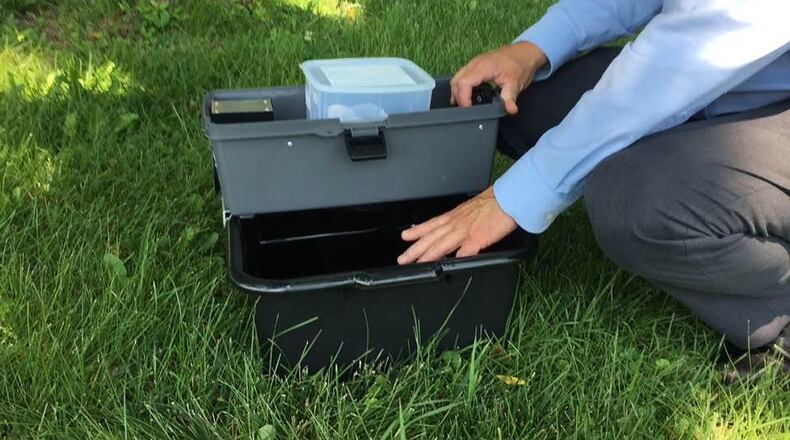The CCCHD traps and submits samples of mosquitoes to the Ohio Department of Health throughout the summer as part of their Vector-Borne Disease program. So far this year, positive samples have also been found in the Park Layne area and South Charleston.
Larry Shaffer, director of environmental health for the CCCHD, said previously that West Nile has been present in Clark County for about 20 years and the district has been testing for it for the past four or five years.
“What we’re trying to do is make people aware of it, but also, in reality, they have to assume that the West Nile virus is present throughout the state,” Shaffer said. “So when we find the disease in a particular area, of course, we want to get a word out to those residents to let them know.”
West Nile is most commonly spread by infected mosquitoes and can lead to severe fever, encephalitis or meningitis, according to the CCCHD. The primary vector in Ohio is the northern house mosquito. Mosquitoes become infected when they feed on infected birds. Infected mosquitoes can then spread the virus to humans and other animals they bite.
Approximately 80% of people who are infected with WNV will not show any symptoms at all, according to the CCCHD. Those who do develop symptoms usually do so between three to 14 days after they are bitten by the infected mosquito.
Symptoms typically show up between three and 14 days after being bit by an infected mosquito. Symptoms can range from severe to mild and include; high fever, headache, neck stiffness, stupor, disorientation, coma and tremors.
There is no specific treatment for WNV infection and care is based on symptoms, according to the CCCHD.
About the Author

